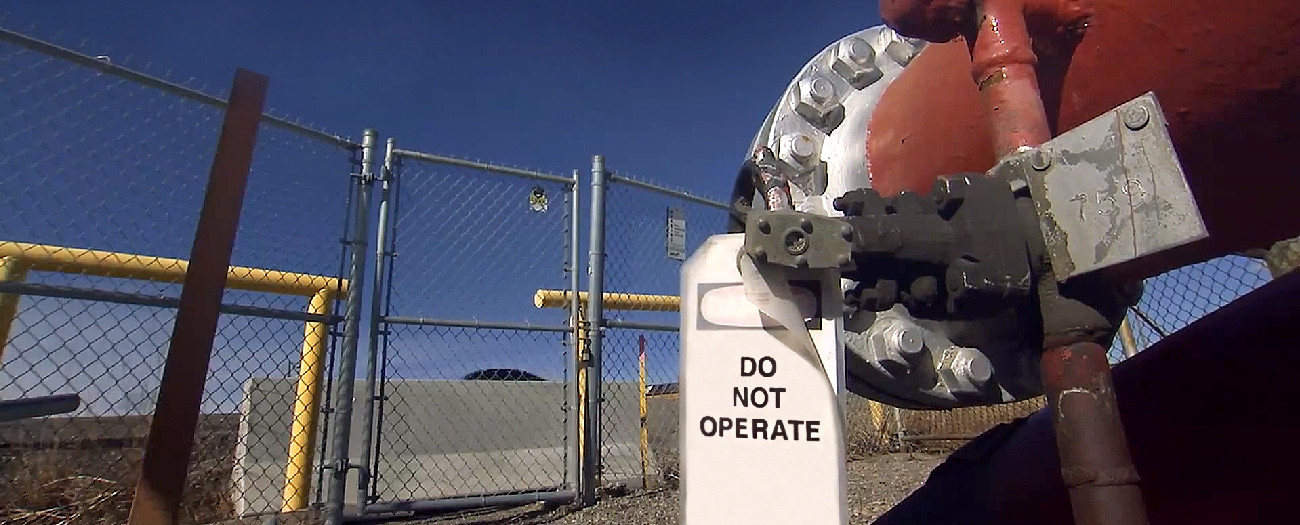Why following directions puts everyone ahead
Alberta - February 12, 2017What do you think of when you hear the word “order?” How about an angry army sergeant barking at new recruits? What about a friendly waitress writing down your favourite meal?

No matter the scenario, it usually involves someone giving and receiving clear instructions.
Orders are no different when regulating energy development—they help the Alberta Energy Regulator (AER) ensure that oil and gas companies are operating in the safest and most environmentally responsible way.
“A lot of people think of orders as a negative thing, but there’s a completely different side of the story that’s actually quite positive for industry,” says Erin Maczuga, director of compliance, enforcement, and business process with the AER. “Maybe they haven’t thought about doing things a certain way, and us issuing an order helps them re-think the situation, saving them time and money.”
AER orders are legal documents that formally direct a specific action or actions; they can be issued for different purposes.
“Think of an order like a cooking recipe, that if followed will mean there is a better chance for success,” says Maczuga.
The most commonly issued order is referred to as a compliance order. These are designed to prevent, stop, or minimize environmental impacts or risks to public safety.
An order may also be punitive in nature and may be used to reprimand companies that don’t follow AER rules and regulations.
“An order can be issued at any time during the lifecycle of oil and gas activity, and not necessarily as a result of an incident,” adds Maczuga. “We use them to clarify our expectations and remind companies of their regulatory responsibilities.”
Temporary in nature
Orders are temporary instruments that can be used to manage incidents. The AER can issue an order to give a company temporary access or authorization to do something that ordinarily would have required the formal application process. The AER also contacts key people affected by an order to explain what’s going on and why.
Given the urgent and high-risk nature of some incidents, orders are used to make certain that everyone’s efforts are coordinated and focused. They can also be used to ensure that companies are communicating with affected stakeholders.
“During an incident, we understand how important it is for companies to have flexibility when managing unstable situations, while still ensuring public safety and environmental responsibilities are still met,” says Maczuga. “This flexibility strengthens our position as a trusted regulatory body on both sides of the coin.”
Knowing your orders
Compliance orders: Enforcement, environmental protection, and water management.
Abandonment: An order intended to require a company to place infrastructure into an abandoned state.
Closure: An order intended to require a company to place infrastructure into a suspended state.
Cost orders: Also known as cost awards, these are paid to qualified hearing participants for some of the expenses they incur to participate in the hearing.
Kate Bowering, Writer


